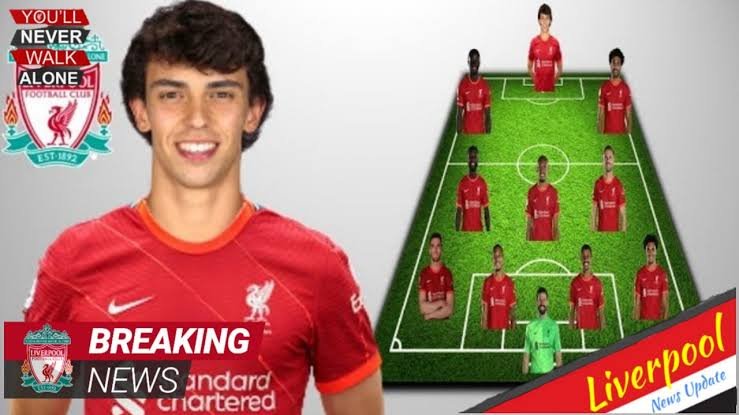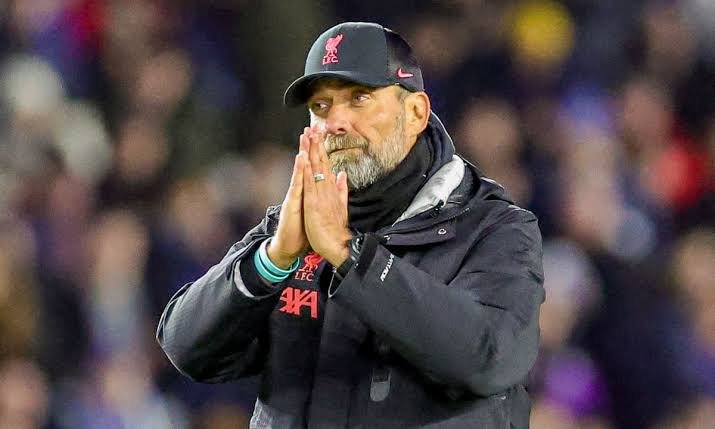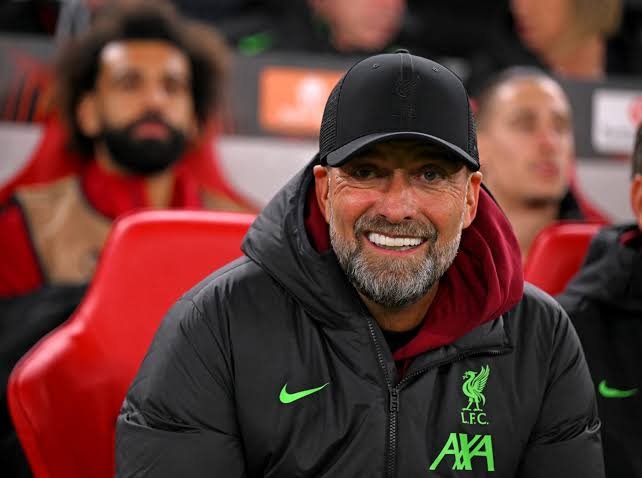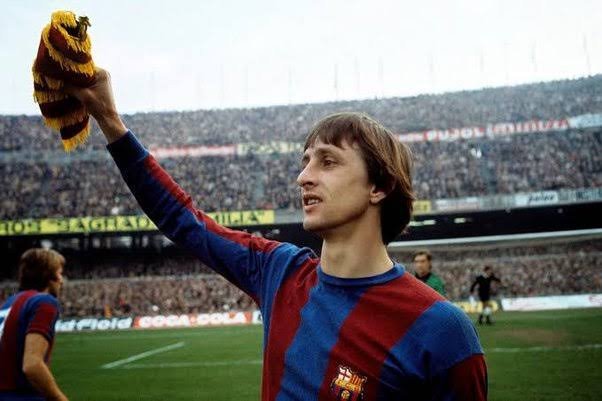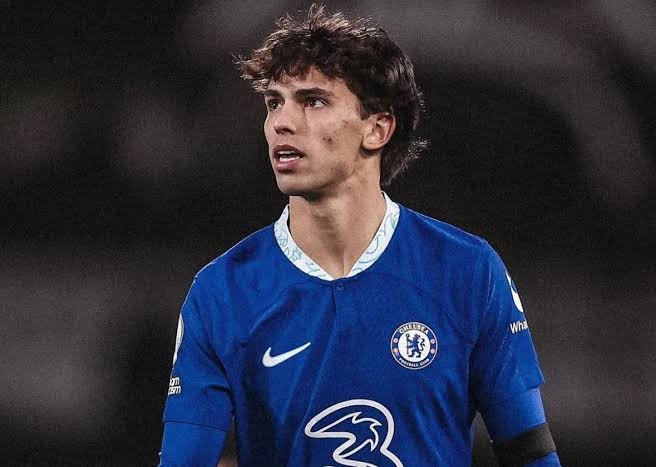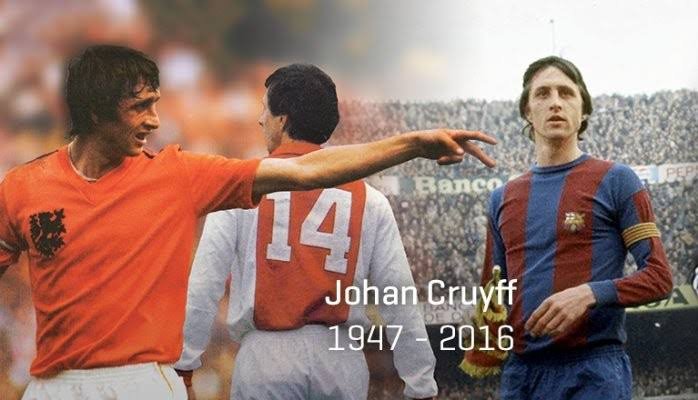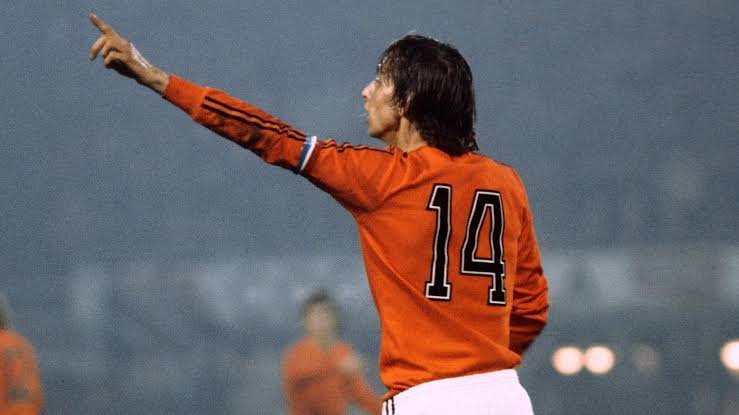
As Trent Alexander-Arnold continues to adjust to his new hybrid role at Liverpool, he has disclosed that he is modeling his game after two Manchester City players.
The 25-year-old has been used in a role where he plays both right-back and midfield since the end of the last campaign.
Since then, the Reds have played much better, and Alexander-Arnold’s ability to regularly control play from central areas has been a major contributor.
The youthful Scouser, meanwhile, maintains that he is still learning and that he is taking inspiration from past greats as well as a Premier League competitor.
“I think as someone who plays the inverted, hybrid role – I don’t know what people call it these days – then it is obviously John Stones,” he replied when asked to list his influences.
I watch him a lot because I have long liked his playing and think he is outstanding. I’ll sit and concentrate on him while watching clips or even just City’s games.
I do think Rodri plays with such skill; I have always liked him.
“He is incredibly underappreciated and essential to that team, but as we’ve lately seen, things change when he leaves the team. That only highlights how significant he is.
“I watch those kinds of players, but there are a lot of them,” I would say. I’ll also watch players from the past, like Busquets, Alonso, Pirlo, and Stevie G, who I’ve always found entertaining to watch.
When the most recent England team was announced late last week, Alexander-Arnold’s name was mentioned among the midfielders.
Furthermore, he disclosed that Gareth Southgate no longer sees him as a back four option, but rather as a possibility in the engine room.
In addition, he said, “I go there as a midfielder, I train there, and that is where I try to play on the pitch, excepting the Australia game last time. I have had chats with [Southgate] and the personnel there.
Alexander-Arnold was used as an out-and-out No. 6 by Jurgen Klopp in the latter moments of Liverpool’s recent League Cup victory over Bournemouth, an uncommon move.
However, he is convinced that acting in that capacity and the hybrid character he usually plays are very different.
“Playing with freedom to get on the ball and try to create and make things happen, progress us up the pitch, has always been important to me,” he said.
It’s the same, in my opinion, but it’s about playing those passes from a more central and fixed midfield position.
“That is what I am trying to do out there; it provides me opportunity to produce for the team, make things happen, and win us games fundamentally.
When I enter the game as a right-back, Endo or Macca are still there. Fabinho was there last season, and their responsibility is to remain in the No. 6 position. It remains steady.
It’s my responsibility to enter the room while maintaining the flexibility to under or overlap Mo, enter the box, shoot, or cross.
“As a No. 6, however, it is more rigid; you are a defensive midfielder, and it is your responsibility, along with the two center-backs, to make sure that the ball does not end up in the striker’s feet so they can continue building.”
“I think that’s the main one. The rest is just positioning myself and learning where to be; a lot of it is instinctive. I try to read the game ahead of time and position myself accordingly.”
